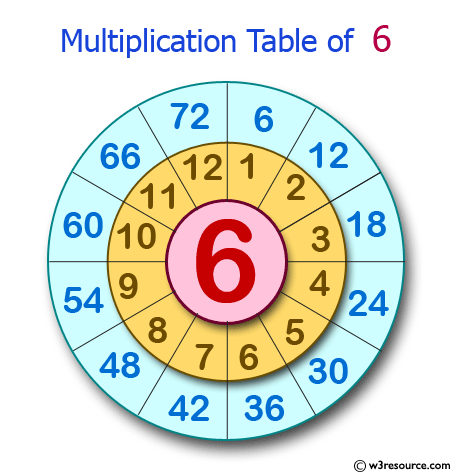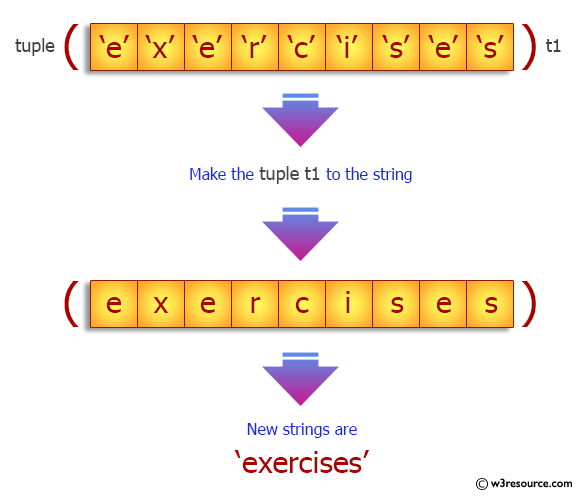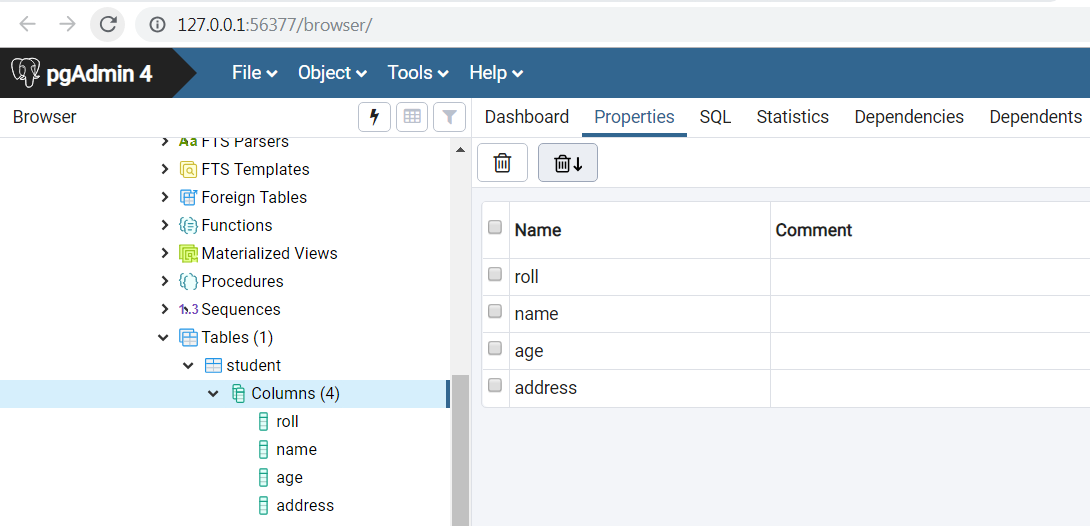

- #Python tools for postgresql how to#
- #Python tools for postgresql install#
- #Python tools for postgresql upgrade#
- #Python tools for postgresql code#
The session will always be closed no matter what due to the finally, but changes are only committed if the yield returns without exceptions.The PostgreSQL community has a wide array of choices for Python drivers, with no less than 8 different projects in this area. We'll use the try except finally logic where if an exception occurs, we rollback the session - removing any changes - and raise. In this function, we'll open the session as normal and yield it to our program. This is very similar to what we want to do with sessions, so let's make our own.įirst we import the contextmanager decorator from contextlib and define a session_scope function. The with keyword ensures that a setup and teardown occurs when opening and closing a file. If you've ever opened a file with Python's with open(.) as f:, you've used a context manager. This is a perfect use case for a context manager.

That's a lot of stuff to write every time you want to work with your database. You might have noticed that we are constantly creating a session, adding to the session, committing the session, rolling back the session if there's an error, and finally closing the session.
#Python tools for postgresql install#
Let's initialize Alembic in the root of our project by installing alembic ( pip install alembic) and running the following command to initialize Alembic in a folder called "alembic" in our current directory:
#Python tools for postgresql upgrade#
#Python tools for postgresql how to#
Each time a migration is performed, a script is created with details on how to convert the database to the new version ( upgrade) and how to reverse the migration to the old version ( downgrade).

#Python tools for postgresql code#
Using the Alembic library, we can auto-generate SQA code to transform the database from the old version into the new version. This is what database migrations are for. We could just go into pgAdmin and issue some SQL, but there's a better way to do it in Python and keep track of the changes. If there was any user generated data, we would lose it. If we recreated the database, we would have to go back and insert all of the data again. Let's say we wanted to add some new data to the Books model, such as a new column for the price of the book, but we can't just drop_all and create_all because now there's users relying on the database being available. Setting up Postgres is a fairly simple Windows download and install. This is handy for things like autocompleting search fields in websites, as well as data science projects using natural language processing. Postgres can easily store vector representations of text you're storing and allow super fast queries on it. inet/cidr - store IP addresses, which is useful for some web apps.date and timestamp - ability to index and sort by dates and times, also useful for time series data.MONEY - makes it easier to work with time series data, like that of stocks.

JSON - store JSON arrays with ability to query against them.Some notable examples of column types that Postgres has but SQLite doesn't are: Postgres has a richer set of column data types than SQLite. For example:īecause Postgres is usually on a server in the cloud, like on Amazon or Google, any number of users or apps can connect to it at once and perform operations.įor example, imagine you're working with someone in a different country how would you both be able to interact with a SQLite file? Where would you put it? How would you both be able to make a connection to it? For a Postgres server, each of you would get use a connection string that contains an IP and Port to the Postgres instance, allowing a socket connection to the database. Postgres is a totally free, open-source database and supports many powerful features that are absent in SQLite.


 0 kommentar(er)
0 kommentar(er)
